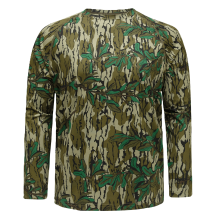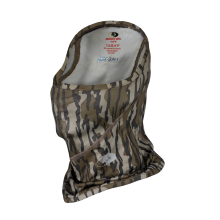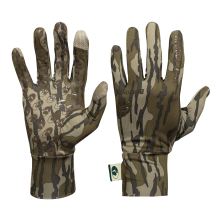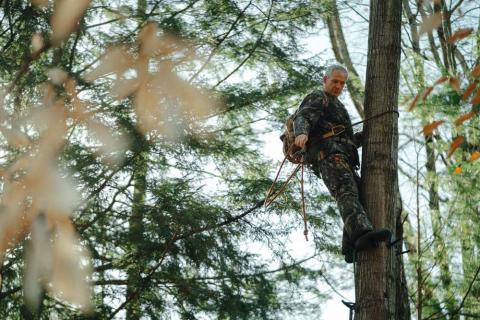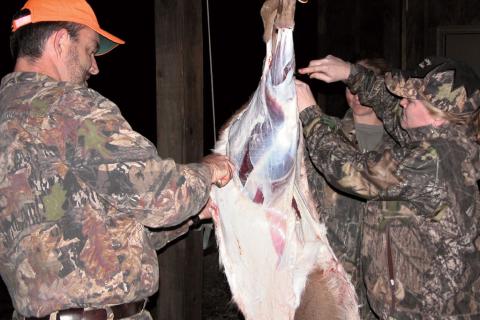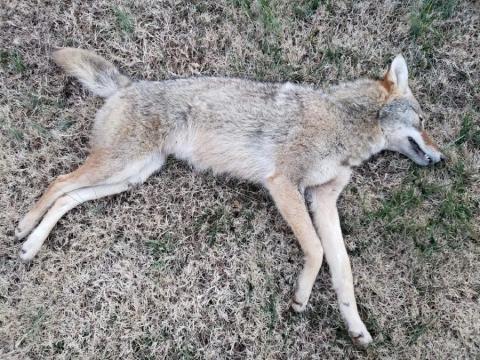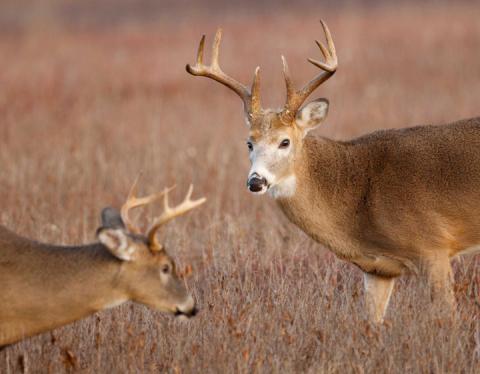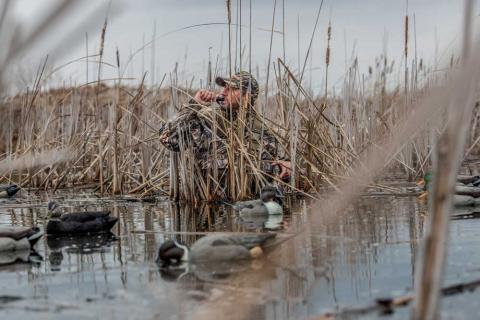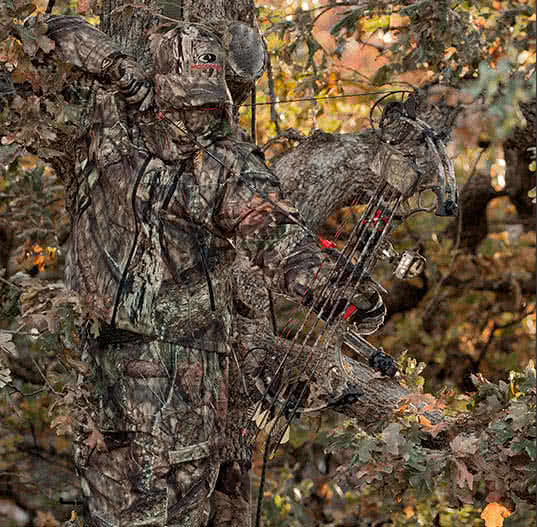Paul Annear
There comes a time each fall when deer hunters stop filling their schedule with non-hunting activities and shift priorities in favor of the deer woods. That time has arrived for most deer hunters in whitetail country. Cold mornings, bluebird skies and days filled with rutting bucks are here.
With the anticipation of November comes high hopes for clear, cold days when you hear that magical “chuch, chuch, chuch” of crunching leaves, knowing a buck is closing the distance. Most hunters are limited in the days and times when they can hunt. Family life and activities pile up, and you have to pick and choose the best days. Here is how to kill bucks during a November cold front.

Don’t Add Unnecessary Human Pressure
One of the biggest keys to killing a deer when conditions are right is to not go hunting when conditions are wrong! Don’t add unnecessary human pressure on days where the wind and weather don’t align with a particular stand location.
Deer will accept a certain amount of human activity around a property, but hunting day after day during poor weather conditions is only going to educate deer. I’d go so far as to say driving around checking trail cameras on a tractor or ATV is less damaging than walking on foot to hunt a prime rut stand on the wrong wind.
I follow the DeerCast App and follow weather closely. Although some collared deer studies show deer don’t increase movements much during cold fronts, my anecdotal evidence and trail cameras tell me otherwise, so I prioritize the days when deer move more and save those stand locations for the right wind.
Thermals Are Your Friend, or Enemy
After a series of average weather days, the morning after a cold front rolls in can be magical. Cold, clear skied November mornings after a front usually arrive with very still conditions for the first hour of daylight.
For these cold, frosty mornings, the predicted wind direction for the day doesn’t usually take hold until well after the sun is up. Even though daylight has arrived, thermals may still be falling in the morning until the sun begins to warm the ground, causing warmer air to begin rising.
Thermals are small air movements that rise in the morning, and fall in the evening. Ideally, you want to position yourself to be above deer in the morning, so thermals are rising above the deer.
In the evenings thermals fall and collecting in low-lying areas. Get below the deer if they are coming through at last light so your thermals are dropping off behind you. You cannot beat a deer’s nose. If you think you can, you’re setting yourself up for disappointment when you only have so much time to be in the woods.
Sit All Day
During a cold front, be in the woods somewhere, all day long! You don’t necessarily need to sit in the same tree all day. If modern cellular trail cameras have told us anything, its that certain areas are better during select periods throughout a given day. Not every tree stand location will see heavy deer traffic all day long.
If you need to, get down to the base of your tree and stretch. Even standing/sitting on the ground for a few minutes to loosen up isn’t a bad thing, just bring your bow down with you. The key to killing whitetails is patience and not giving up. To do that, you have to be in the woods. Those who can endure boredom will be successful during the rut.
Flexible Schedule
If you want to know how the biggest buck killers consistently kill big deer, take a closer look at their career and the places they hunt. They get access to multiple properties and usually have flexible jobs. To kill the biggest bucks on a consistent basis, you have to be able to go hunting at the drop of a hat when conditions are right. People who are successful year in and year out set themselves up for success by being available to hunt during the best time of the year, November cold fronts.
I know hunters who have chosen specific career paths simply so they can spend more time in the woods. Unfortunately, I also know hunters who have chosen their hunting career over their wife and family. There is a balance with everything of course, especially deer hunting.
To kill the biggest bucks, you have to get access to multiple properties and be able to hunt day after day when the conditions are right. I think the mantra of “first sit is the best sit” is largely overrated. A better attack is to hunt hard but only hunt your best areas when the wind is right. Oftentimes, you may kill on your 3rd or 4th time sitting a tree stand. Successfully hunting the rut requires repeated effort on good weather days.
Trail Cameras Will Fool You
In the year 2025, I don’t know a single hunter that doesn’t own at least one cellular camera. And let’s be honest, we rely on them way too much. This time of year, even our daily mood can fluctuate depending on how many trail camera photos we’re getting!
Trail cameras don’t lie, but they don’t tell the whole story of what is happening in your woods. During November, I try to think of trail cameras simply as a “heat map” of what is happening out there.
You know those zoomed out views of earth showing bright city lights across the world? Some areas are brighter than others, just like some trail camera locations see more action than others and should only act as a general guide to what is happening.
During the rut, sometimes it’s common to get fewer trail camera photos because bucks aren’t necessarily taking trails or walking traditional routes where cameras are placed. They may be running perpendicular to travel routes trying to find hot doe scent and be more efficient. During peak rut, I think bucks sometimes search an area and swing through in odd directions to use the wind. This takes them past odd places, not necessarily where you have a trail camera.
Wrapping Up
Patience and opportunity are a must when it comes to hunting November cold fronts. You have to be available to hunt when the weather shifts in your favor, and you need to be patient and understand not every cold front will have you leaving the woods tagged out. Calculated attempts during optimal weather will keep your freezer full most years!









